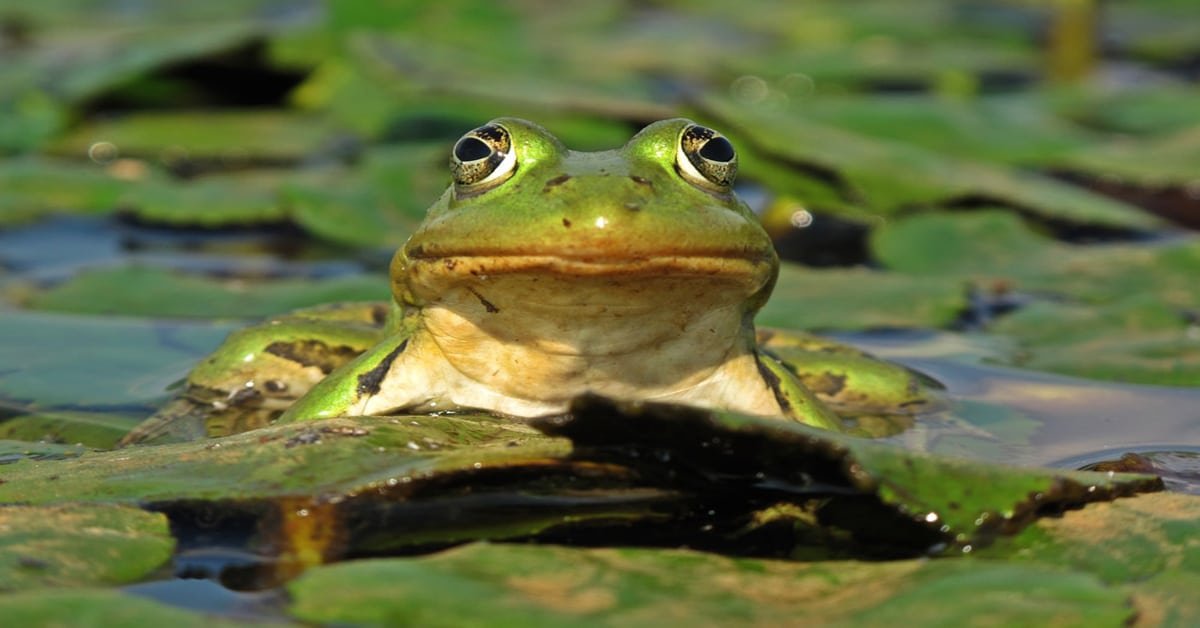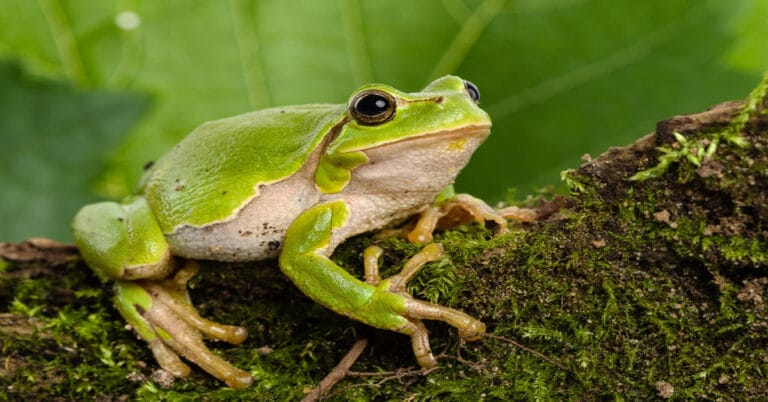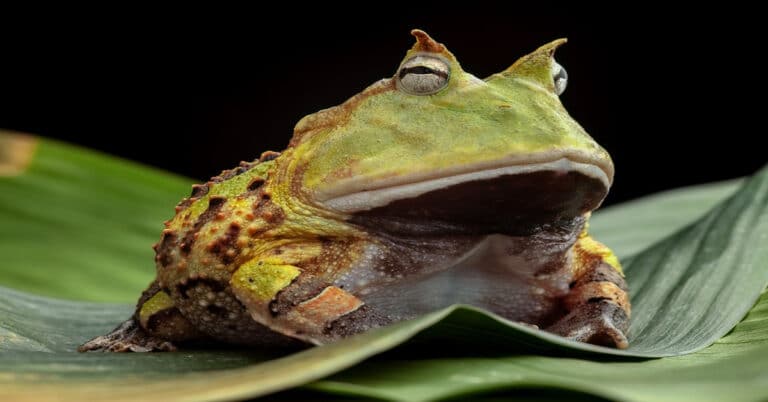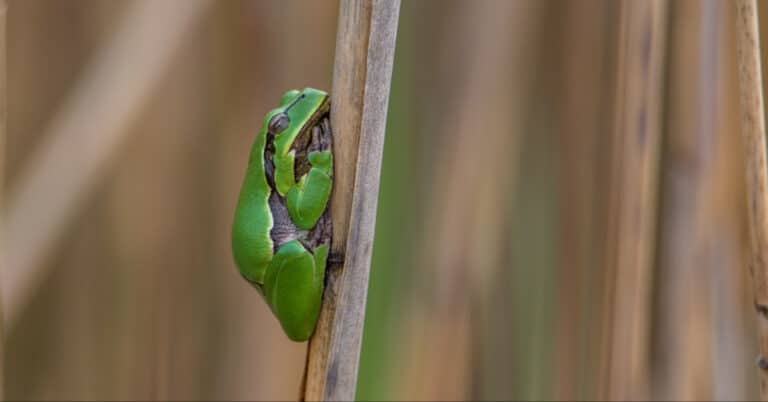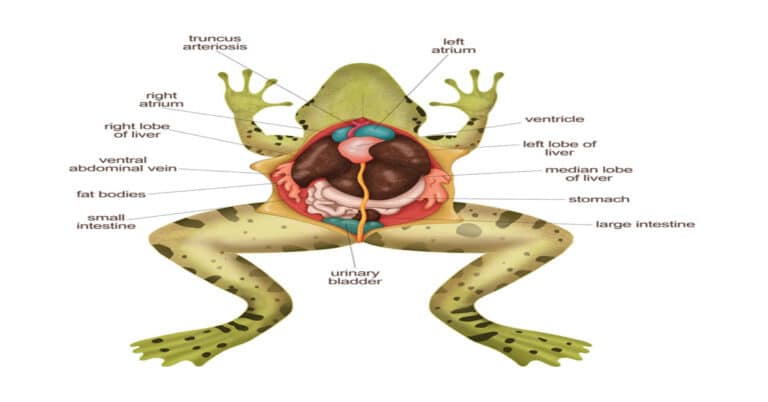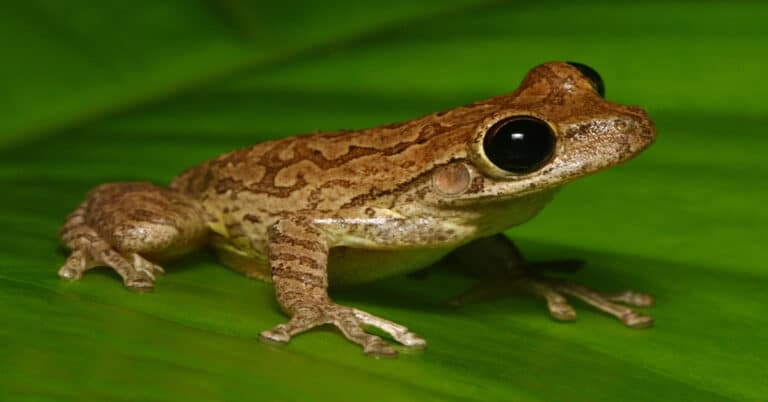Where Do Frogs Live?
For a long time now, you have been familiar with frogs and toads, but have you ever given thought to, “where do frogs live?” They have a fossil history dating back to a minimum of 220 million years. Toads and frogs belonging to the amphibians are a distinct and separate evolution from some large prehistoric group of reptiles, mammals, and birds.
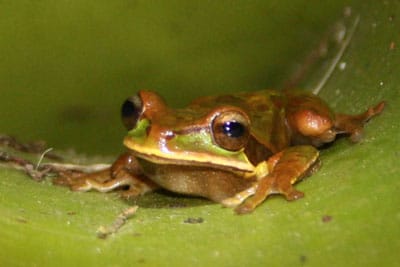
With the exception of Antarctica, frogs inhabit all the continents of the world. On account of their dissimilarity, they are permitted to exist in diverse surroundings, ranging from the hottest to the coldest. Frogs dwell in a wide range of habitats; the majority of them favor regions that are moist, which are:
- Creeks
- Ponds
- Swamps
- Trees
- Rain forests
Such habitats help them to retain their skin moist, which is a must for their existence
Even though frogs breathe air, it is possible for them to remain under water for sufficient time, respiring through their skin.
They dwell in places that are damp; most frogs are seen in the rainforests. Their eggs are laid in water, i.e. ponds.
The North American Bullfrog
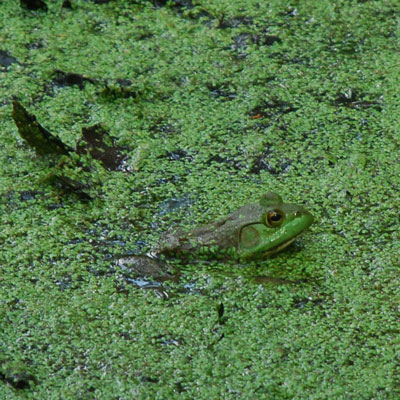
If you are considering the habitat of the North American Bullfrog, which lives in North America, you can normally find them in the vicinity of the creeks and ponds. ( In case you are on the lookout for the frog inside the creek search for a location where there is no flow of water or where the flow is gradual)
.
In the Antarctic regions, there are no frogs because of the freezing cold where there is nothing for them to eat.
What Do Frogs Do in Winter?
The strategies adopted by the various species for survival in the winter season, are varied. For instance, the Northern leopard frogs spend their winter beneath the deeper lakes, quite below the ice. They stay over there silently in deep waters at the bottom of the lake. In order to flee from their predators, they hide at the back of debris or logs. Certain other frogs lie dormant below the litter of leaves.
Surviving Harsh Winters
The frogs either conceal themselves in mud or lie dormant in burrows. Frogs and toads being cold-blooded, the processes of their body hold back in accordance with the fall in the external temperature, the reason why you see frogs sunning themselves during the spring season. For swift movement, their body temperature has to rise. The body of the frogs possesses certain anti freezing chemicals inbuilt in them, however, certain types of frogs who dwell particularly in cold climates and survive even if they freeze into ice.
Is Migration an Option?
Frogs’ migration takes place when in winter when they move from the warm summer shallows ponds to deep lakes where they rest out the winter. At times they need to traverse roads for this, when several frogs meet their deaths, being run over by vehicular traffic, especially in spring and fall.
Movement of Frogs
It is when the humidity is high or when it rains or in the evenings that they move about. The frogs stay out of the deep lake until they are ready to hide themselves and hibernate, fearing the starving fish that will happily feed on them. Frogs which are out of their hibernation early, stay on shore along the vegetation. The ones that come out later in colder climates swim their way out to deep water to start hibernation.
Hibernation
Hibernation is a process used by frogs to flee from the freezing temperature during winter. Their breathing process and heart beat become slow, the temperature of their body falls to equalize with the outside temperature, where they while away their time in a dormant state or in inactivity. Frogs of the aquatic type hibernate below water and inhale the oxygen in the water through their skin. At this time, the frogs either bury themselves partially in the mud or stay in the mud at the bottom of the lake or perhaps just swim around. Terrestrial frogs which include the spring peeper, generally take cover on land. The spring peepers are not proficient in burrowing; so they search for cracks or deep holes in rocks or logs; if not possible, just bury themselves in leaf litter.
Survival Climate Extremes
At the time of acute drought or heat, frogs retain their body water by burrowing into the ground and getting into a stage of estivation – the time when they are dormant or inactive.
Basking
The frogs are cold- blooded, whereby the temperature of their body alters with that of the outside temperature, therefore at cold temperatures, the frogs have to bask in the sunlight to get them warmed up sufficiently to get the energy to move.
The Ecosystem and the Frogs
Frogs feed on tiny fishes, insects and several terrestrial and aquatic creatures. As an exchange, they become a means of food for the fish, snakes, big insects, bigger frogs, tiny omnivorous and carnivorous mammals and birds.

Having discovered a fondness for insects while pursuing her degree in Biology, Randi Jones was quite bugged to know that people usually dismissed these little creatures as “creepy-crawlies”.

